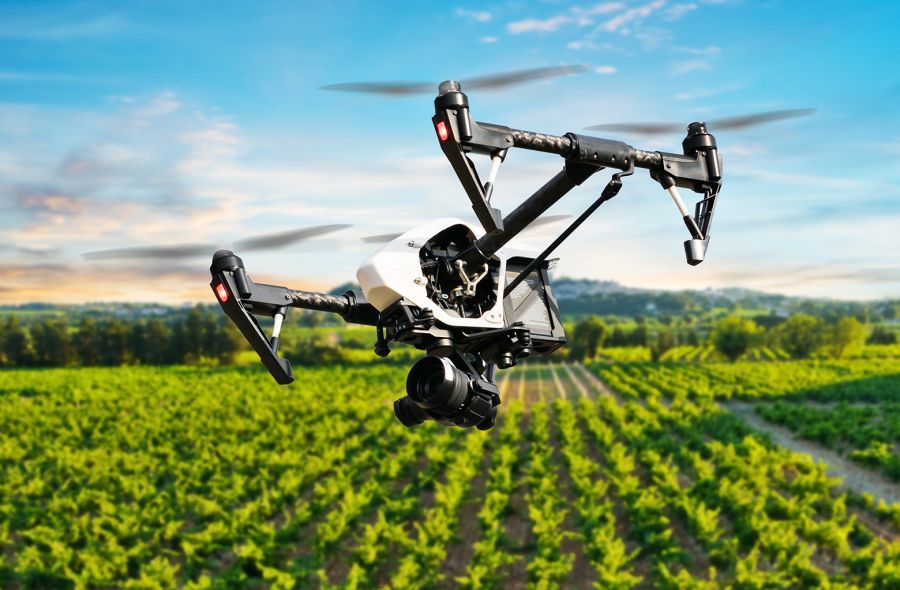May, 2024
San Francisco, USA

Vineyards are also inclined to get the help of modern technology to make their process not only less labor demanding but also more efficient along with the traditional art of winemaking.
Yes, technology isn’t there to take away all the tasks from you and take your job, but it’s there to do all time-consuming mechanical tasks, it also helps you think bigger than stressing on how you will harvest that last row of a vineyard. Let’s start from the roots when you think about vineyards what picture comes in your mind? A guy or girl wearing a hat, sorting out rows in a vineyard with a pruner and hand-picking grapes.
Now let’s forward it a little further imagine a drone hovering over your vineyard… No, it’s not meant just to take cinematic and dramatical videos of your vineyard but it can pack-in great sensors which can map your vineyard showing heat maps and where vines are getting damaged or if there are chance vines will get damage all this is possible by using data of your own vineyard.
When you get enough data, let's say what happened a couple of years back in a portion of your large acres of the vineyard is stored in the data which drone has been collecting routinely it becomes really efficient to find out what errors can come and what measures should be taken to avoid something which happened in past.
This is just one case where the power of historical data, software-algorithms, and autonomous vehicles is combined and actionable insights are found. All of this happening with no breaks. As robots don't ever get tired, obviously. (Drones can pack-in huge batteries which can do marathons in a single run. Still not convinced? How about solar-powered drones?)
Here are some equipment names that are actually changing the landscape of vineyards and how they used to work.
Lancaster Hawkeye Mark III: This drone images vineyards in near-infrared, which shows distressed vegetation in need of attention.
Fruition Sciences Sap Flow Sensor: Thirsty vines mean concentrated flavor. These sleeves track water flow through the stems, so growers can keep the vines at just the right level of stress.
Pellenc Vision 2 Optical Sorter: Grapes travel past a scanner that compares them to a platonic ideal for shape and color. Then it blasts any duds into the ejection chute with puffs of air, Willy Wonka-style.
Picovale Weather Station: Sensors beam weather data to a central database. The software then suggests when farmers might, say, switch on the sprinklers to avert vine damage from a freak frost.
Wall-YE Robot VIN: With a 3-D object recognition system and shears at the end of one arm, this Pixar-inspired bot prunes vines as it rolls down each row.
Brimrose Le Vigneron AOTF-NIR Analyzer: This spectrometer reads sugar, acidity, and flavonoid content to pinpoint the optimal moment for harvesting.
Pellenc 8590 Selectiv' Process Harvester: Older machine harvesters mangled as many berries as they left intact. The Pellenc pinches vines with rods that vibrate at the exact frequency to make ripe berries pop off, fall onto a conveyor belt, and roll into a collecting bin.
Delair UX 11 Ag: A proven drone platform that enables increased productivity and lower operational costs with highly accurate and easy to use plant data collection capabilities. The long-range system provides a multispectral camera for centimeter-level geolocation, as well as application-specific analytics. Optimized for ag use models: efficient mapping and scouting, plant health management, plant counting, and inventory management, field trials.
TED: TED is an autonomous weeding system. It works all by itself, at centimeter precision and without any assistance, thanks to its GPS RTK guidance system. Plots are mapped out automatically with the help of a photographic drone.